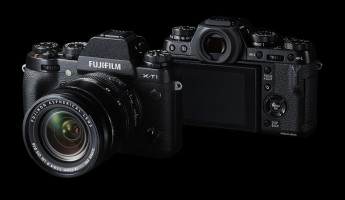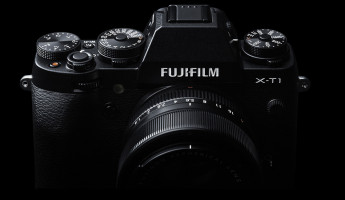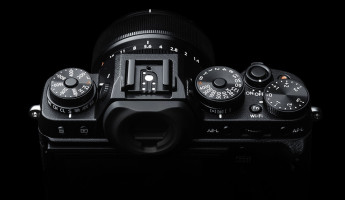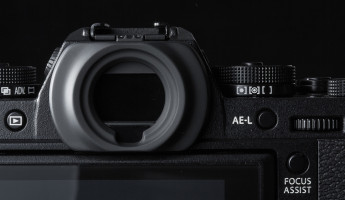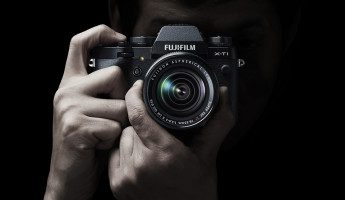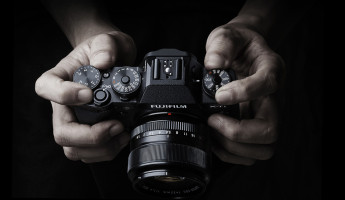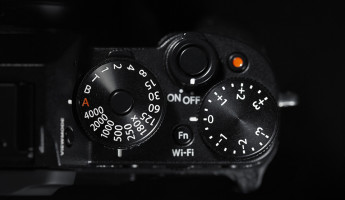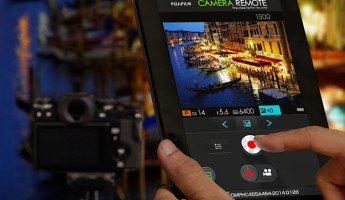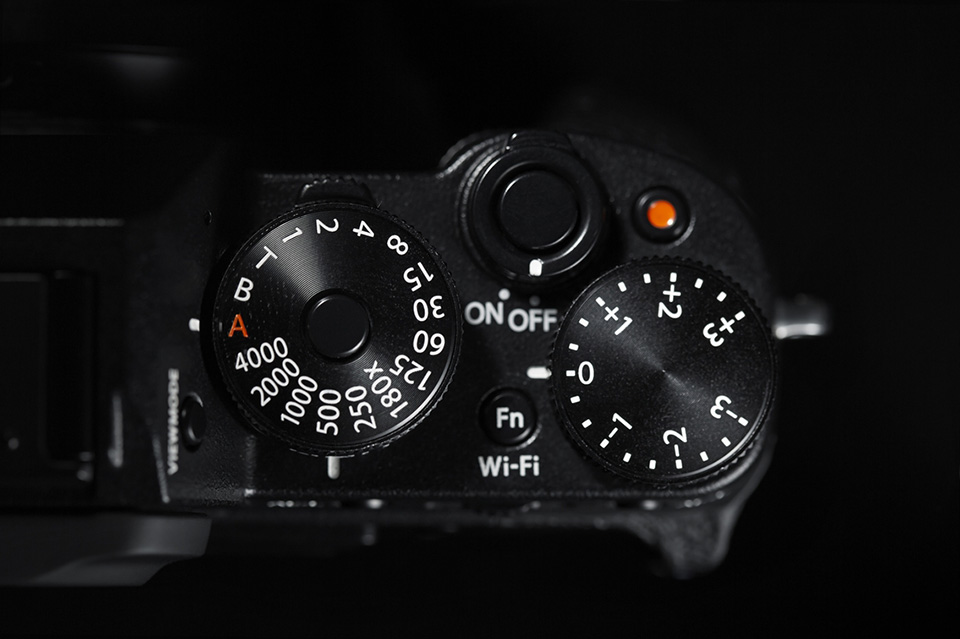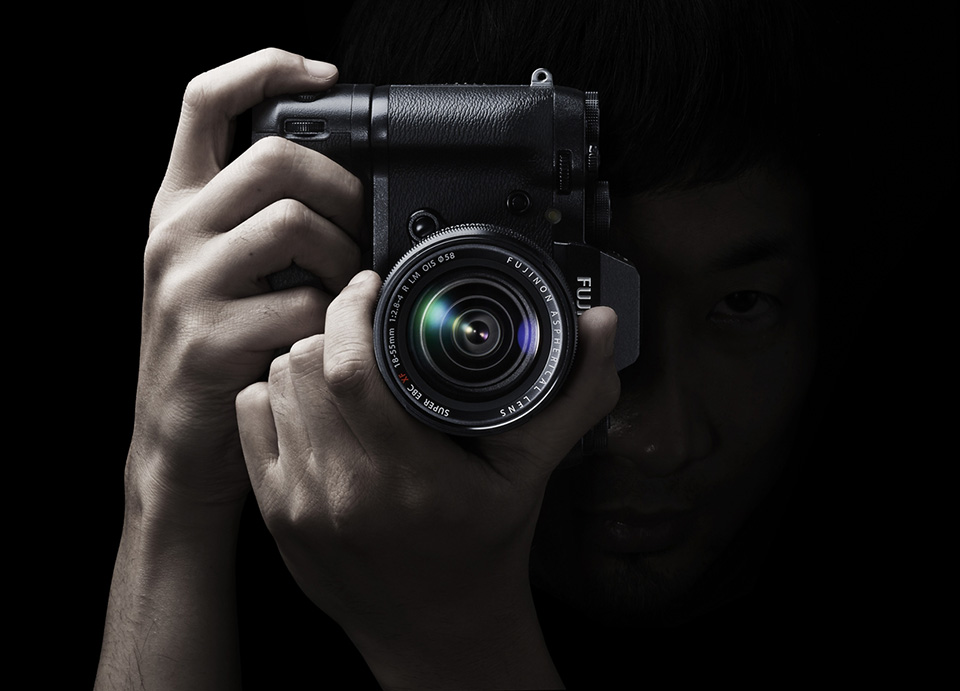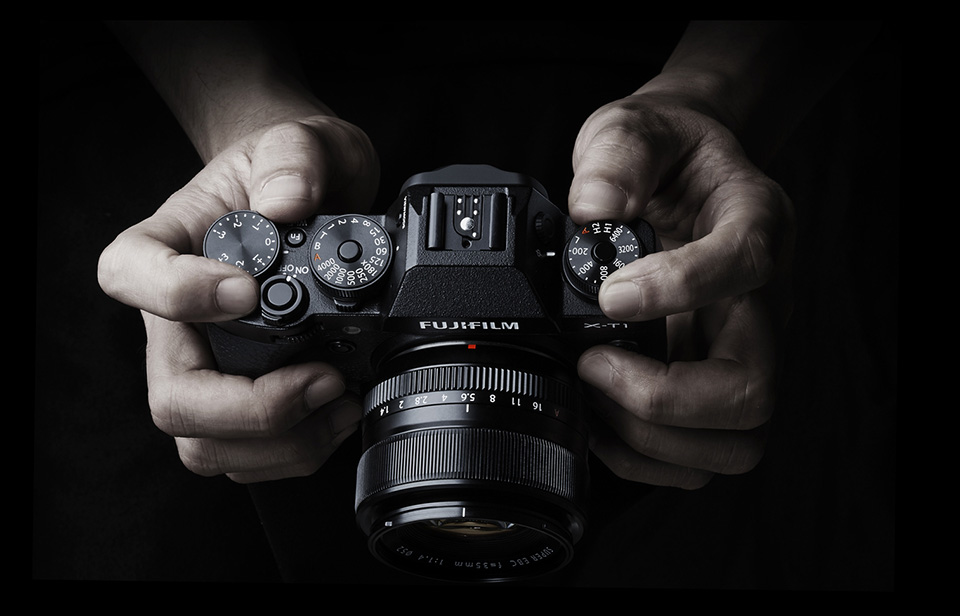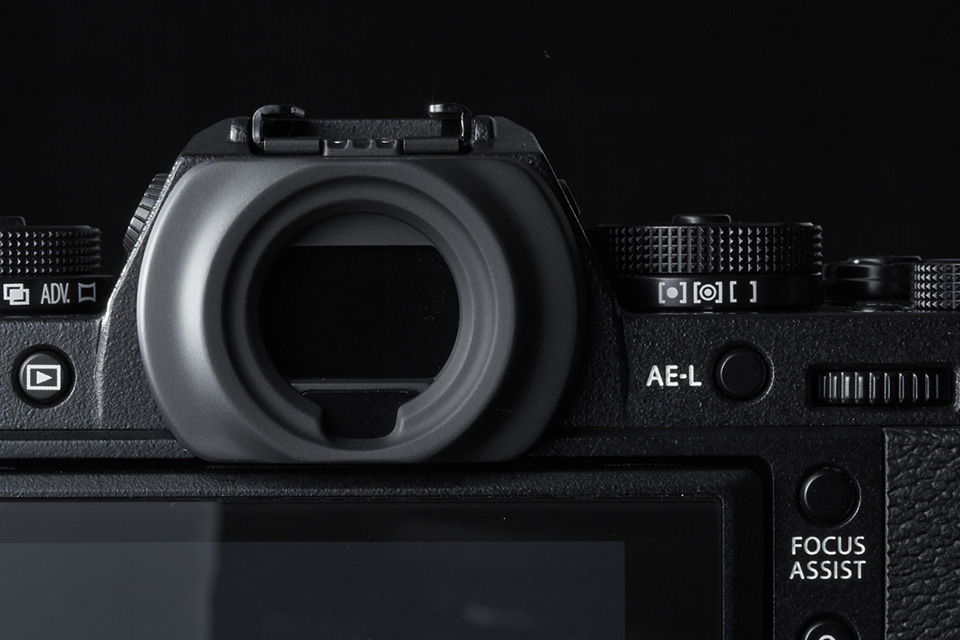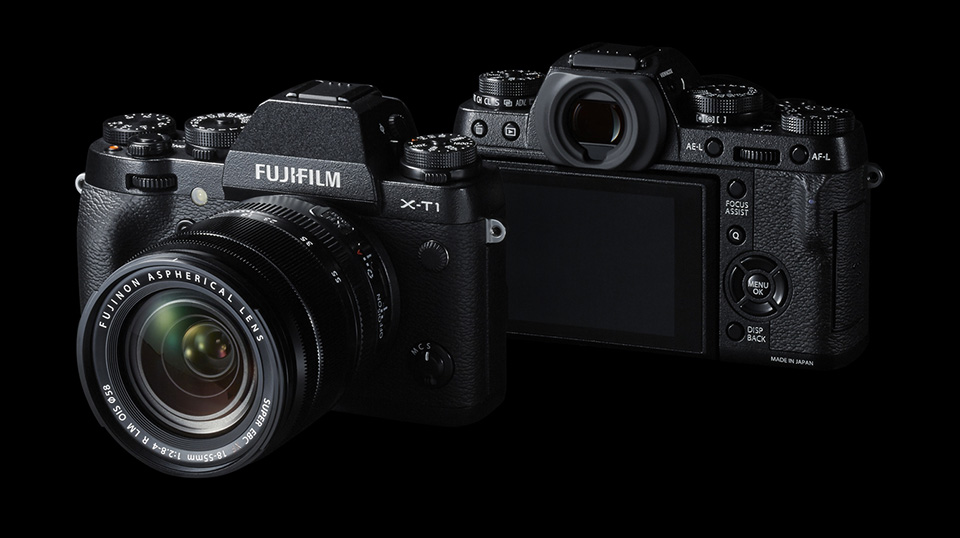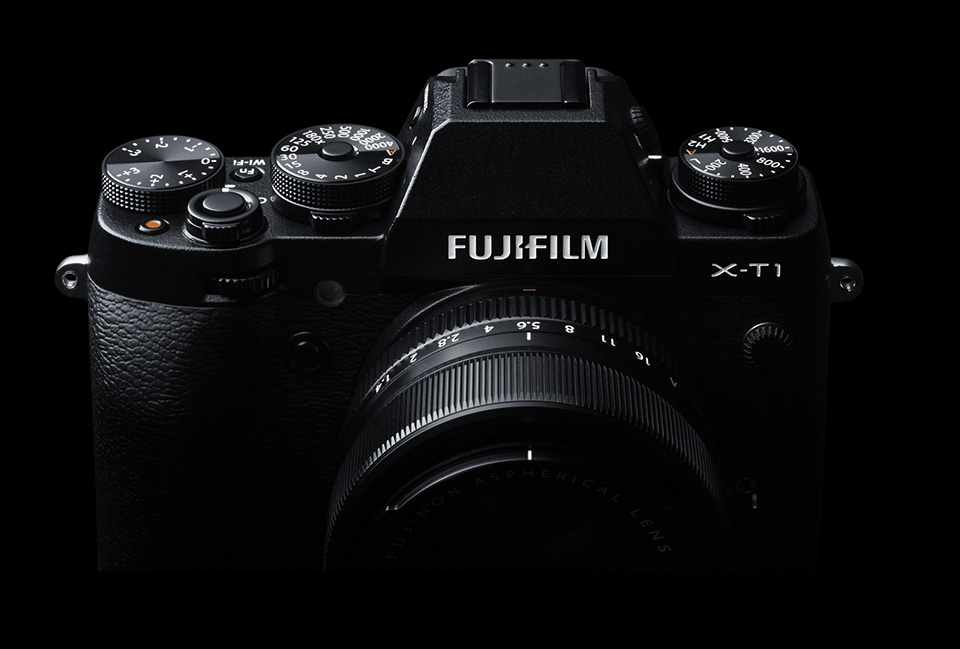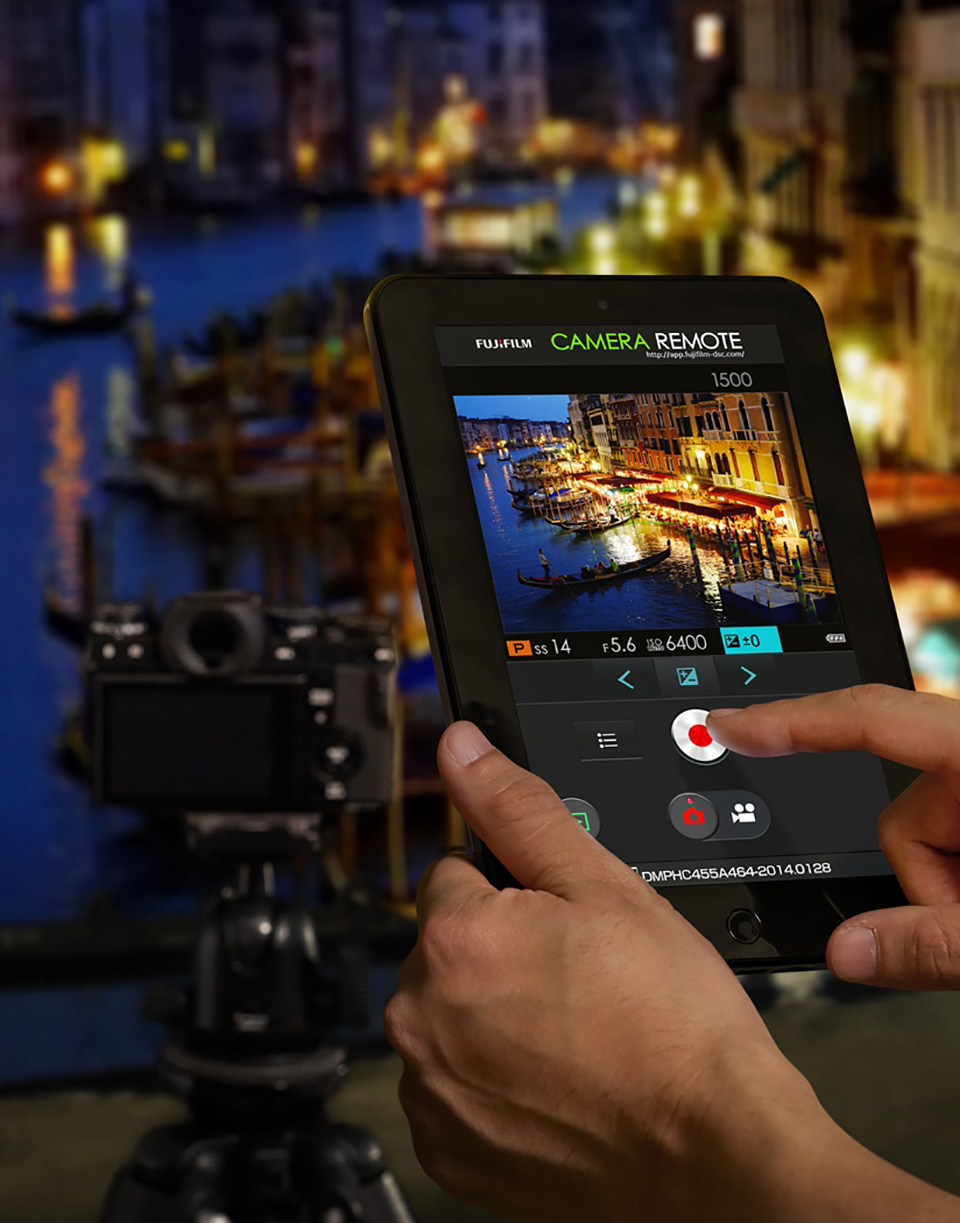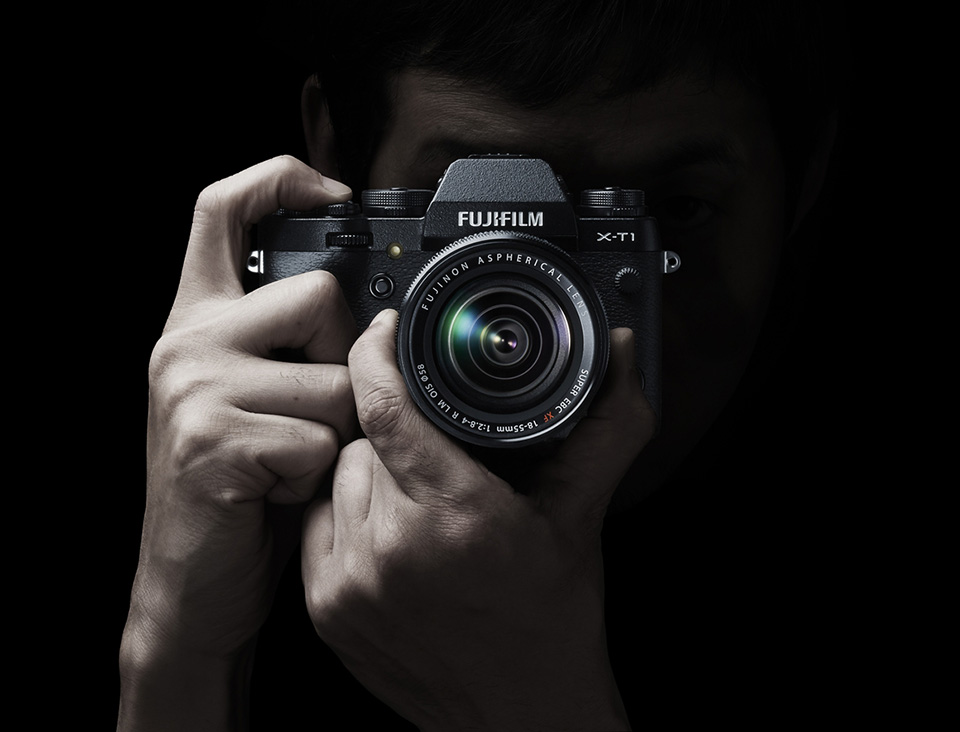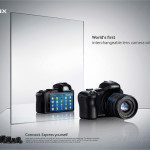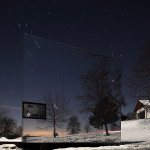While other digital camera brands are emphasizing “compact” and “retro” influences, Fujifilm stays true to its own familiar storyline. The new Fujifilm X-T1 is a slim, traditionally-designed mirrorless camera with interchangeable lens capability. Yet “slim” and “traditionally-designed” aren’t gimmicks for Fuji, it’s been the central focus of their brand since film was the medium of choice. Those elements continue in this new Fuji, which boasts some pretty exciting new technologies in its sensor, viewfinder and more. Together, they make the Fujifilm X-T1 arguably the most exciting new camera of 2014 to date.
View in gallery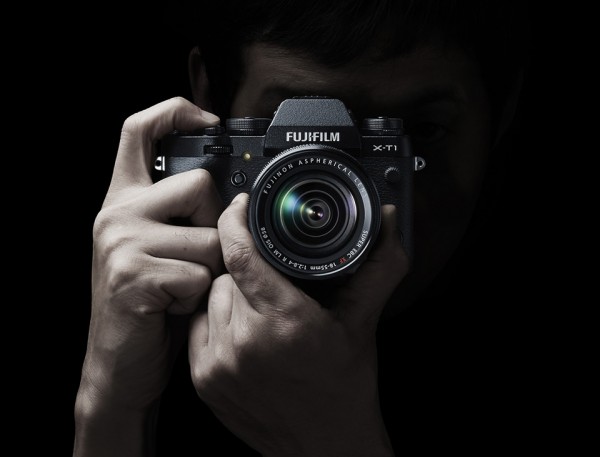
The FujiFilm X-T1 is mirrorless in technology, meaning there’s a direct optical connection between the lens, the sensor and the viewfinder. Typically, mirrorless designs shed a bit of weight and eschew some of the bulky figure that creates a more compact camera. Yet photographers love the finger functionality of SLR cameras, so Fuji arranged the X-T1 in a familiar layout. With the right hand on the shutter and the left hand on the lens, the feel is familiar to an SLR shooter in both landscape and portrait mode (with the optional battery case).
Pro photographers, myself included, don’t like digging through digital menus to change settings on the fly, and Fujifilm designed the X-T1 accordingly. A set of three dials on top of the camera allow instant changes of shutter speed, ISO and exposure compensation, while aperture is set on the lens itself. All of the key elements of proper exposure are at the photographer’s fingertips without having to take an eye off of the viewfinder.
View in gallery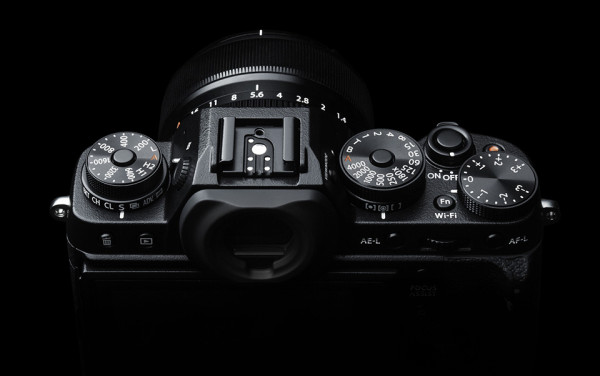
Fujifilm is putting a lot of press into their viewfinder and sensor system in the X-T1. The viewfinder is lightning fast, as Fuji worked very hard to minimize lag so that the photographer sees real time images in the 2.36 million dot OLED viewfinder on the rear. The full technical details are in Fujifilm’s press release for more info, but suffice it to say that the key specs are 0.005 seconds of lag time in the digital viewfinder, plus 0.08 seconds for autofocus.
The sensor is also a key selling point, one that might be overlooked when photographers with full-frame blinders see blindingly high megapixel counts elsewhere. Fuji promises similar low-light performance and image quality of full frame sensors with this proprietary APS-C sensor. It does so by using an “original color array to control moiré and false colors without a optical low path filter”. Fuji’s interesting new color arrays have been discussed plenty by gearheads of late, and the talk from Fuji is that this one will present similar resolution and high ISO performance as its full frame competitors.
Oh, and the megapixel count? 16MP, a number that might seem small when compared to some of the new smartphone cameras on the market. You’d be wise to ignore the megapixel number, of course, since the quality, technical layout and size of the sensor is more important than the number of pixels it boasts. Suffice it to say, unless you’re shooting images that will be printed on billboards, you aren’t going to need to consider the megapixel count.
View in gallery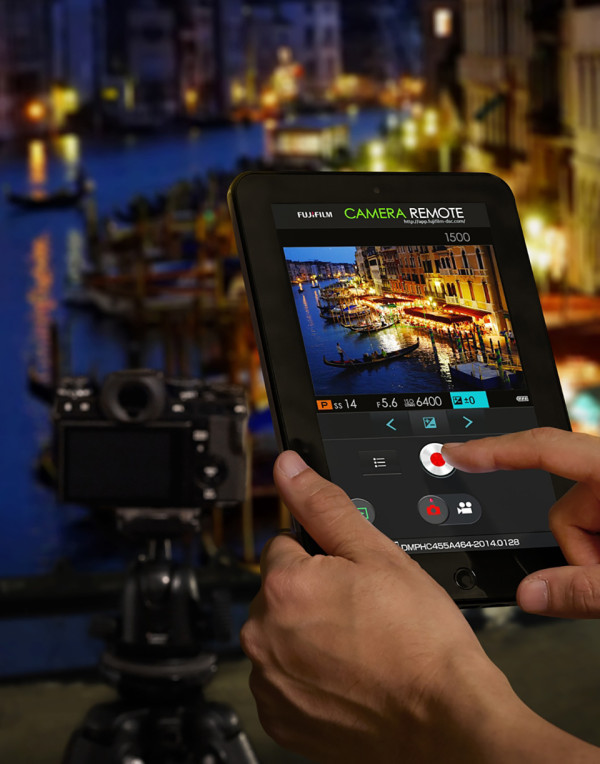
The Fujifilm X-T1 excludes an item that photographers should be aware of. The X-T1 doesn’t have a built-in pop-up flash. There is a basic flash unit for the device that can provide some fill as needed. There are other options that photographers will want to keep in mind, like the fancy Fujifilm Camera Remote system that allows control on tablets and other mobile devices. There’s also a battery grip, a microphone for video and a whole slew of X-mount lenses available for the X-T1.
View in gallery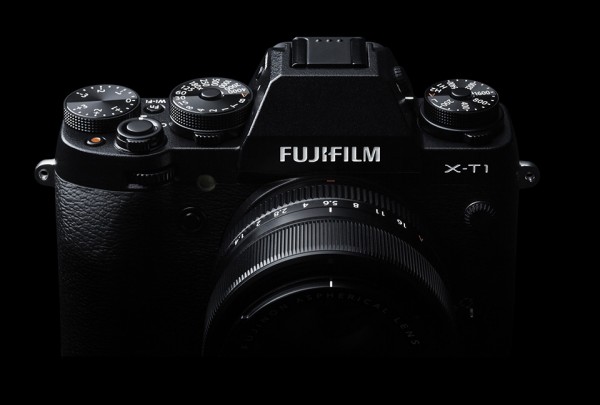
The Fujifilm X-T1 will begin shipping soon for $1,299, body only. A version with an 18-55mm kit lens will be available for $1,699.
Fujifilm X-T1 Mirrorless Interchangeable Lens Camera | Gallery
